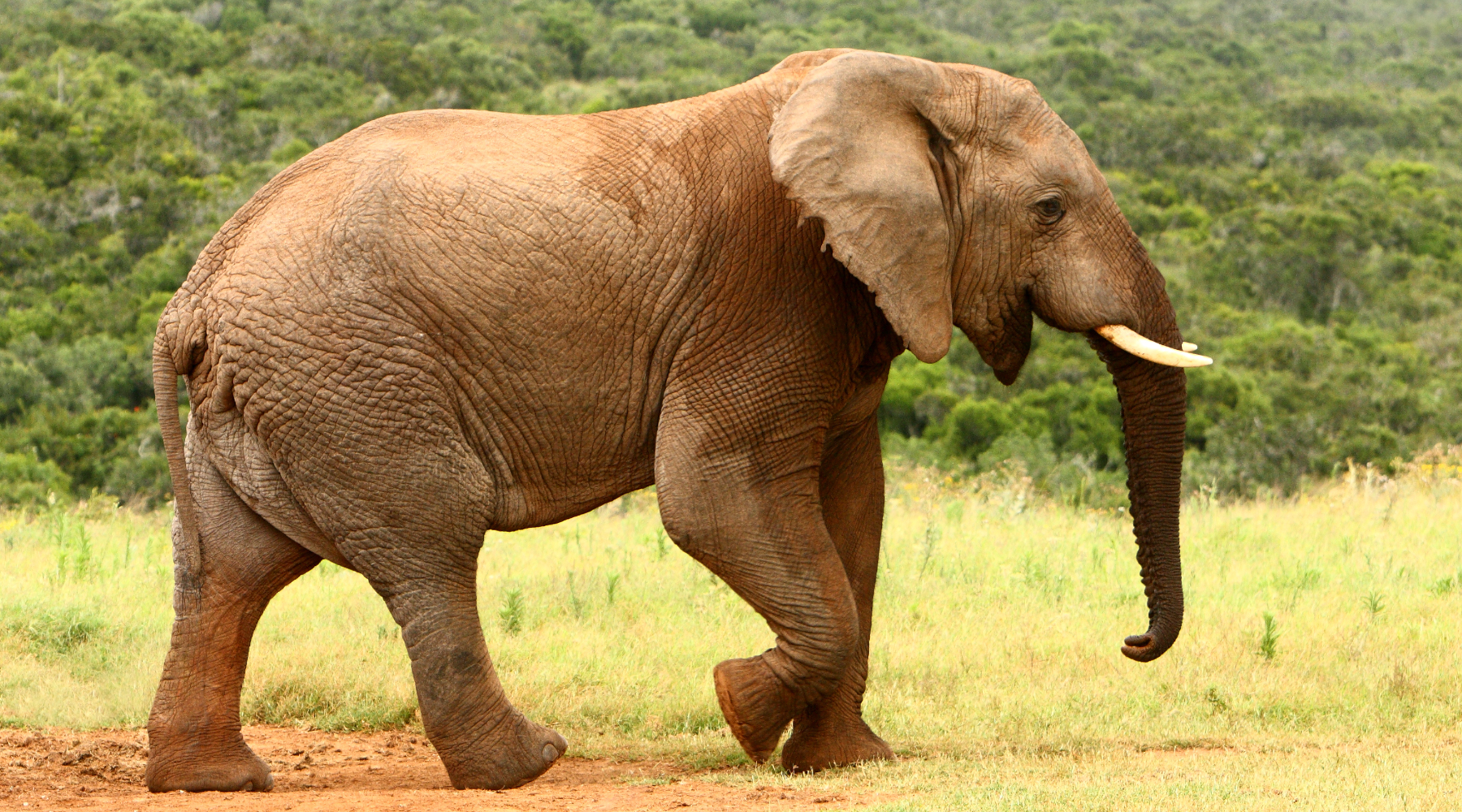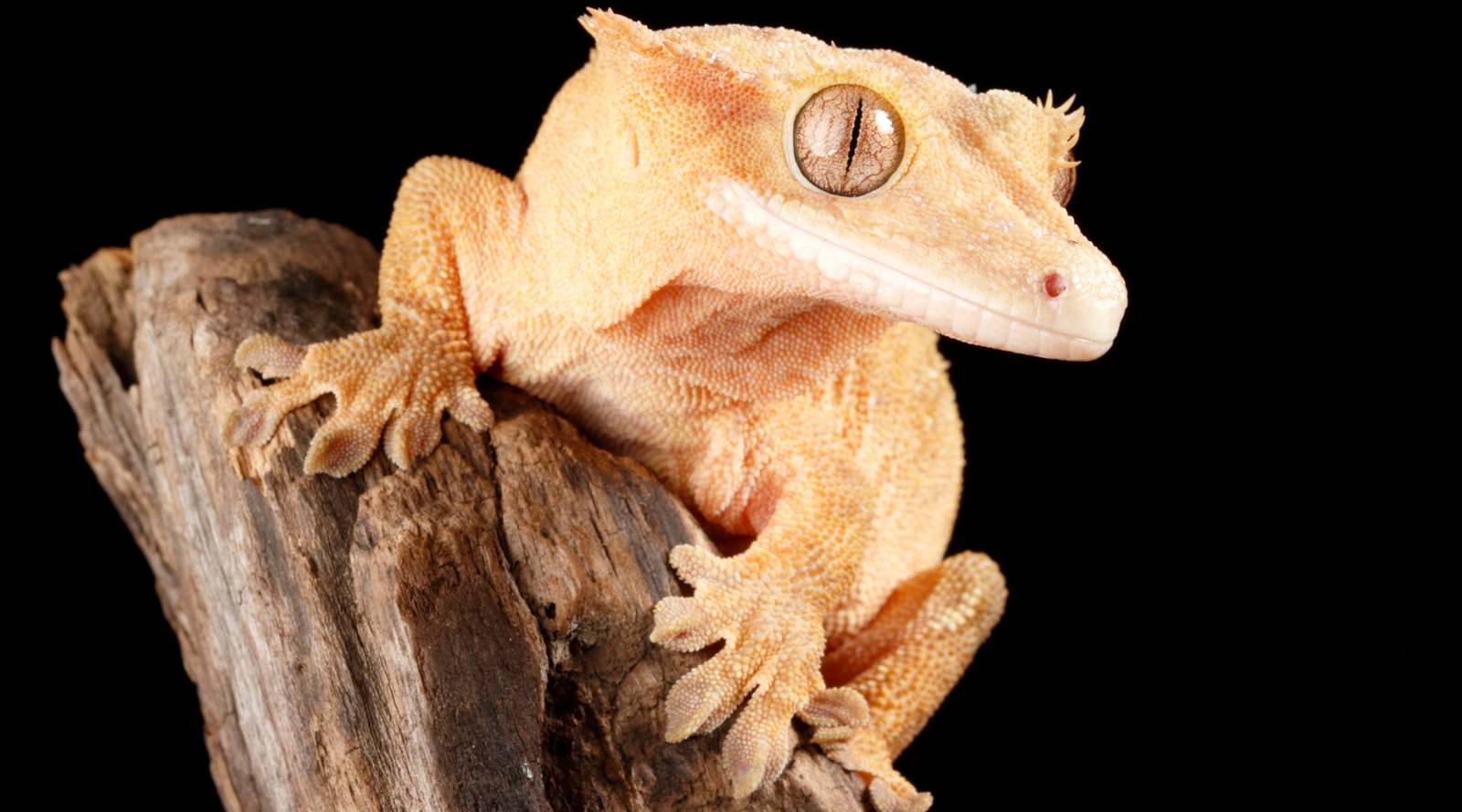What Are Ecosystem Engineers?
Ecosystem engineers aren't engineers in the traditional sense, wielding blueprints and machinery, but rather they're species that shape their environment in profound and lasting ways. Let’s explore examples of ecosystem engineers and learn more about the important role they play.

What Are Ecosystem Engineers?
Ecosystem engineers are organisms that create, modify, maintain, or destroy habitats. The term was introduced in the 1990s by Clive Jones, John Lawton, and Moshe Shachak. These species can be found all over the globe and include types of animals and plants - let's take a look at some examples.
7 Examples of Ecosystem Engineers
1. Beavers
Known for their dam-building skills, beavers are a keystone species that play a critical role in creating wetlands that benefit a multitude of species, including fish, birds, and amphibians.
2. Coral
Corals build extensive reef structures, providing shelter and habitat to an incredibly diverse marine community. Coral reefs are often nicknamed the 'rainforest of the sea' because of the diversity they house.

3. Gopher Tortoises
Another keystone species, gopher tortoises are renowned for their burrowing habits. Their burrows provide refuge and habitat for a huge variety of other species, including snakes, frogs, and small mammals, making them critical for ecosystem diversity.
4. Kelp
Kelp forests create complex underwater habitats that support a rich biodiversity, including fish, invertebrates, and marine mammals.
5. Earthworms
Often overlooked, earthworms are vital for soil health. They aerate the soil, aid in decomposition, and enhance nutrient availability for plants.

6. Woodpeckers
These birds are unique engineers, known for their ability to peck holes in trees. These cavities are crucial nesting sites not only for the woodpeckers themselves but also for many other species that cannot create such habitats themselves.
7. Elephants
Referred to as the 'gardeners of the forest' and a keystone species, elephants can alter landscapes through activities like uprooting trees, which can turn forests into savannahs.
Why Are Ecosystem Engineers Important?
Ecosystem engineers are important for biodiversity. By altering habitats, they create new opportunities for other species to thrive, e.g. the wetlands created by beaver dams increase biodiversity by providing various niches for different organisms.
Ecosystem engineers can influence key ecological processes, e.g. by altering water flow, beavers can affect nutrient cycling and sediment transport in aquatic ecosystems.

Challenges and Conservation
The activities of ecosystem engineers can sometimes lead to conflicts with human interests. Beavers, for instance, may flood areas or damage trees in human-dominated landscapes. It's important to manage these conflicts wisely, recognizing the substantial ecological benefits these species provide.
Conservation efforts for ecosystem engineers are crucial. Protecting them often means protecting a whole array of other species dependent on the habitats they create or maintain.
Ecosystem engineers play an indispensable role in shaping our natural world. Their activities underpin the functioning of many ecosystems and the survival of numerous species. As we move forward, recognizing and conserving these natural architects will be key to maintaining the health and diversity of our planet's ecosystems. Browse our full selection of hand-drawn nature designs on shirts, hoodies, totes, and more today!
















Leave a comment (all fields required)